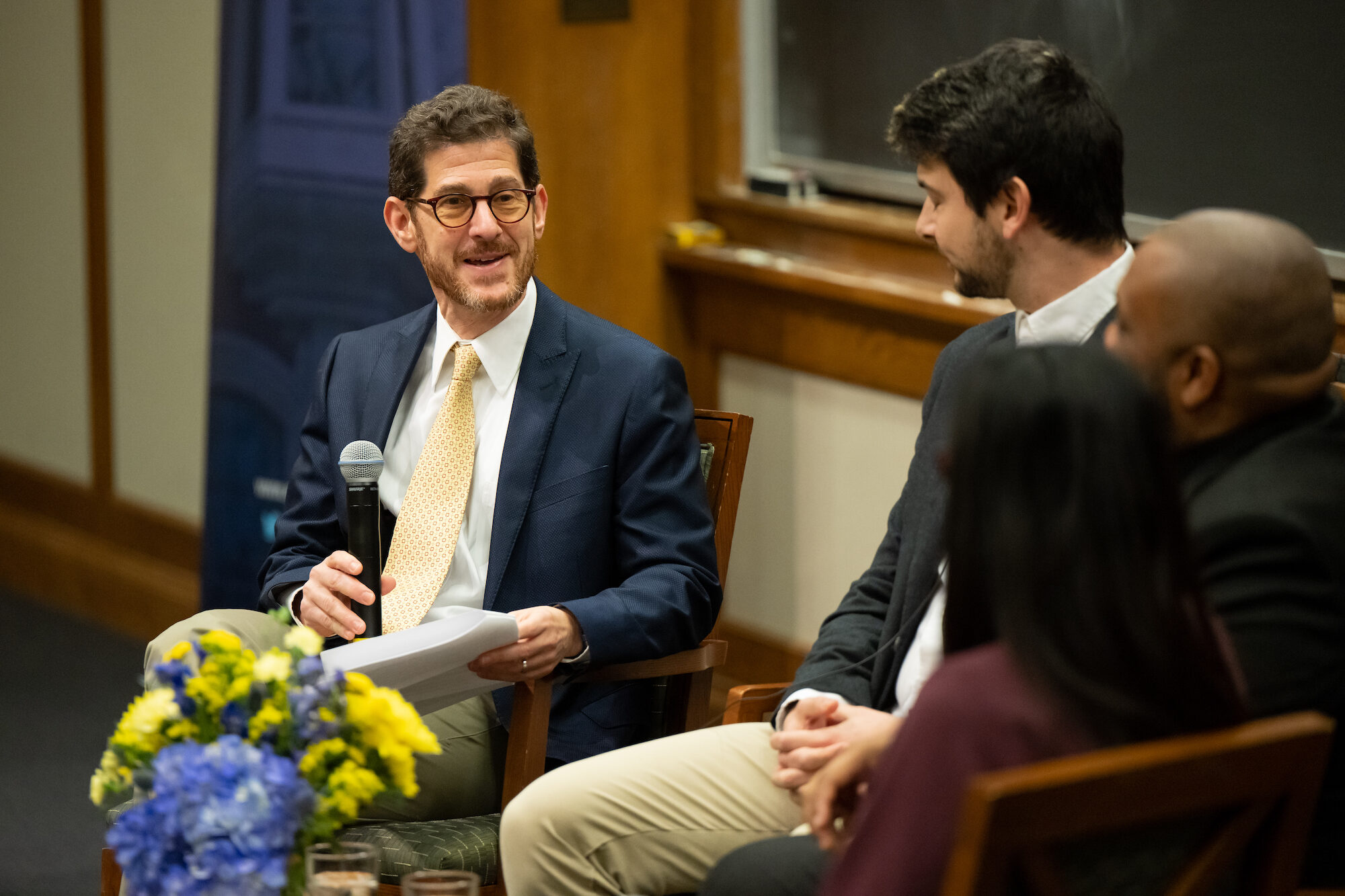
Student enrollment in districts that provided in-person schooling in fall 2020 during the COVID-19 pandemic showed a greater decline among nonwhite students than white students.
But in districts that offered virtual learning, the opposite was true, according to a University of Michigan study.
The results, published in the journal PNAS, are consistent with the fact that communities of color faced greater risks from COVID-19 and reported less trust in medical and social institutions.
“The most likely explanation for our findings is that Black—and to a lesser extent Hispanic—families were more concerned about the health risks associated with in-person schooling than white families,” said Brian Jacob, the Walter H. Annenberg Professor of Education Policy at U-M.
“This is consistent with the fact that nonwhite communities experienced higher mortality rates during COVID and reported less trust in social institutions even prior to the pandemic.”
The study analyzed enrollment trends in U.S. public schools during the 2020-21 and 2021-22 school years, focusing on public school responses to COVID-19 policies and their impact on differing race/ethnicity groups.
Jacob and colleague Micah Baum, U-M doctoral student in public policy and economics, found that enrollment decline was greater in districts adopting more strict COVID-19 policies like virtual-only instruction and mask requirements.
Also, enrollment responses to COVID-19 policies differed significantly across different ages. Kindergarten and elementary children, for example, showed a larger decline in enrollment and higher sensitivity toward the mode of learning adopted.
The comprehensive study used data from more than 9,000 school districts, serving over 90% of U.S. public school students, to examine the impact of COVID-19 policies on enrollments, with a specific focus on variations by student age and race/ethnicity.
“The findings illustrate the complex interplay between race, income and school policy,” Jacob said. “Public school districts faced tremendous challenges navigating COVID-19, balancing health vs. educational concerns and accounting for changing conditions on the ground. But how families within the same district responded to pandemic schooling policy differed dramatically by race.”
Still, according to the study, the racial differences in enrollments by learning modes persisted into 2021-22, although most public schools had resumed in-person learning.
The findings suggest various interpretations, the researchers say. One is that health concerns and perceived risks from COVID-19 might have significantly influenced enrollment decisions, particularly among nonwhite families.
For the researchers, the different enrollment responses across groups relate to preferences and resources.
“It is hard for us to disentangle these factors in our study completely,” Jacob said. “We find not only that enrollment declines in in-person districts were larger for nonwhite families, but these families were also more sensitive to local COVID deaths. At the same time, these preferences differences may be due, in part, to differential resources that allow white families to better adapt to in-person schooling.”
Considering that recent studies documented substantial learning loss among students who attended school virtually during 2020, Jacob’s biggest concern is that these variations in enrollment responses might potentially exacerbate preexisting racial disparities.
“There is a good deal of evidence that virtual schooling was detrimental to student learning during COVID,” he said. “And to the extent that nonwhite families were disproportionately likely to avoid in-person schooling, this will have exacerbated racial disparities in learning loss.”
Story written by: Fernanda Pires, Michigan News
More news from the Ford School